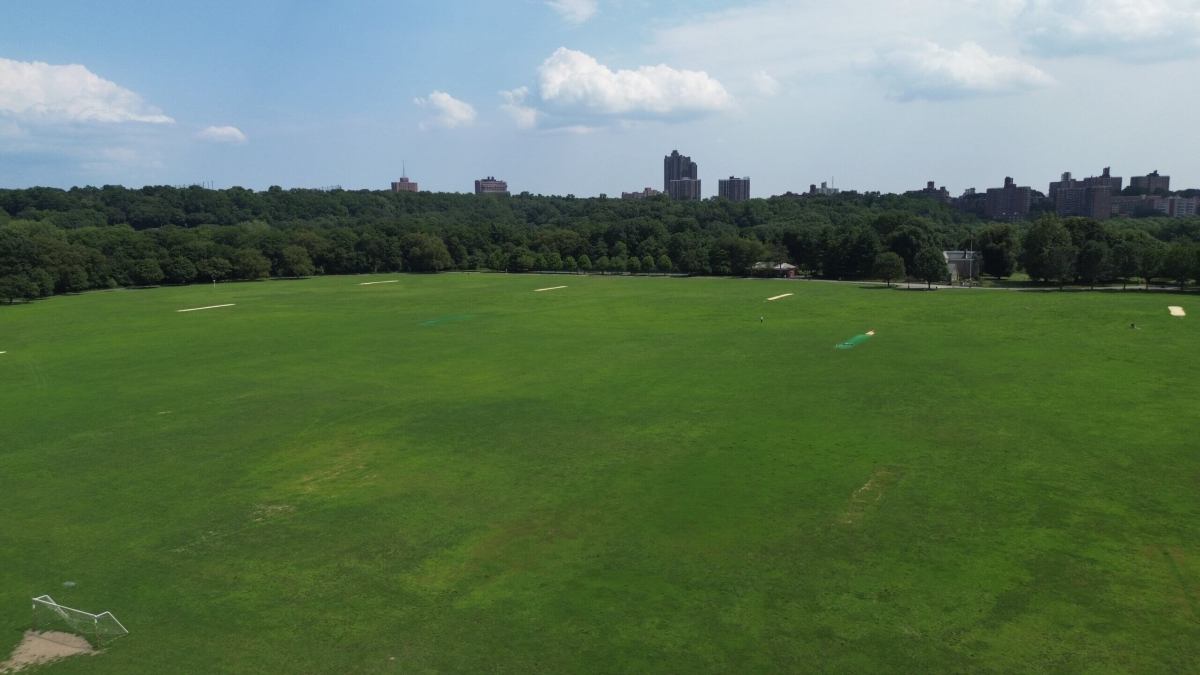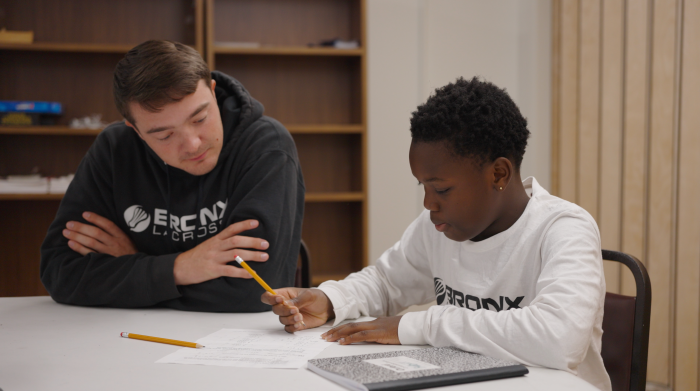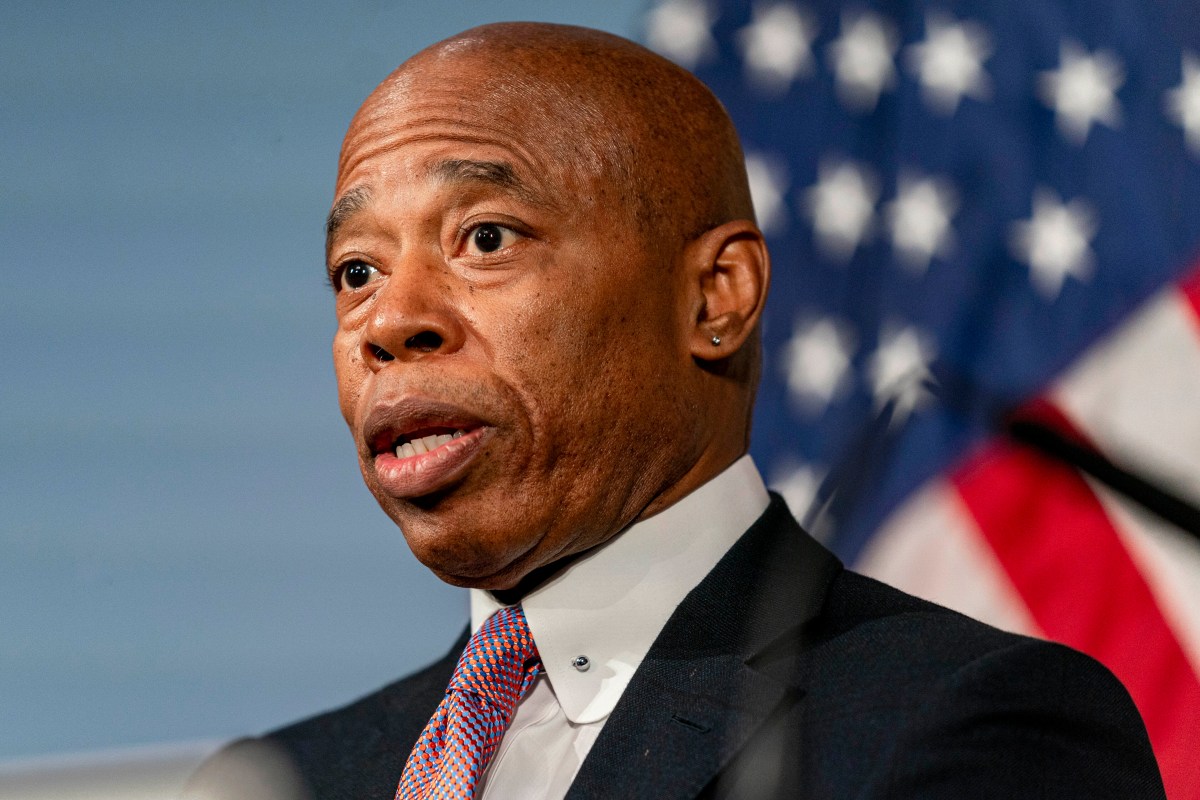If you wanted to host a major international sporting event in New York City, wouldn’t you propose a site with a stadium?
Not if you are the mayor’s office. New York City’s bid to host the Cricket World Cup International Cricket Council (ICC) T20 tournament in summer 2024 hinges on a plan to build a 34,000-seat temporary stadium in the middle of the Bronx’s Van Cortlandt Park. To be clear: the ICC proposes to build a stadium with nearly the capacity of Citi Field from scratch in the middle of a Bronx park over six months in order to host an event that will last a week.
The costs? Public use of public parkland from at least January to June and a top-down decision forced on the community. The benefits? Nothing that decades of sports economic research and hard experience has not thoroughly debunked. You can add the NYC/ICC proposal to the growing number of “mega-events” that, according to sports economists, drive wedges between localities and global brand-building strategies and fail to deliver promised economic benefits.
You can add the ICC proposal to the list of divisive mega-events. Federal, state and city elected representatives from the northwest Bronx are now on record against it, as reported by the Bronx Times. Since July, the Bronx Council for Environmental Quality has circulated an open letter to all elected officials, with more than 29 other organizational signatories and counting. All agree that the ICC proposal is an unnecessary, burdensome, illogical and possibly illegal plan, with construction and logistical contingencies that needlessly complicate sporting-event planning.
To host the 2024 Cricket World Cup, ICC would have to close 20 acres or more of open fields beginning in January 2024 to build the stadium for the world cup the following June. With the proposal stipulating a January construction start date, the absence of formal analysis and feasibility planning at this late date is breathtaking. Neither ICC nor representatives from the mayor’s office have investigated legitimate concerns about the negative impacts on Van Cortlandt Park and its fragile ecosystem. No study has yet been executed that would ensure protection of the Parade Ground, its natural resources and wildlife — specifically the many species of birds for whom the lawn is their primary source of food. There has been no guarantee that the contiguous Enslaved African Burial Ground would be protected from the enormous crowds associated with the tournament or even an acknowledgement that it exists. We do know that scale, construction and duration of the proposal will result in significant damage to 30% of the Parade Ground, making it impossible to predict when restoration will be complete and public use regained. Full restoration and restitution could require up to 2 additional years.
Unfortunately, we have learned from hard experience that we cannot put our faith in a vague promise to restore public access to parkland after it is taken. Van Cortlandt Park has lost precious acreage to major infrastructure, including federal and state highways as well as the $3.4 billion Croton Filtration Plant, whose construction has prevented public usage by the public for 20 years. Needless to say, we are still waiting for the full restoration and community benefits promised to Van Cortlandt Park.
Ironically, the losers in this proposition may be the 12 local cricket teams and other sports teams who call the Parade Ground their home fields. The New York City Cricket League and its President Godfrey Mitchell have learned the hard way that NYC government is on the side of the global league. There could well be a net loss of local cricket activity within Van Cortlandt Park in 2024 as a result of this project. Worse yet, displacing local cricket leagues to build a new stadium squanders a golden opportunity to hold satellite community development events on the existing Parade Ground pitches during the T20 tournament.
Is there sufficient time to build a stadium in a park? Not if you want to follow the law.
The proposed construction timeline for the 34,000-seat stadium and the timeline required for New York City and ICC to obtain and incorporate community feedback and to transparently advance the proposal through the lengthy legal and approvals processes required for a project of this magnitude simply do not jive. We would expect the mayor’s office to have given the ICC a full, fair and realistic appraisal of the timeline for these processes, which can take up to two years. But if ICC believes it can build a stadium within six six months perhaps, they may be headed into a cul-de-sac. With a six-month construction timeline, the exclusion of meaningful community engagement will be a matter of expediency.
Our open letter details five reasons why the proposal to build a 34,000-seat stadium in Van Cortlandt Park is a non-starter. We issued our letter in July and are still waiting to hear concrete next steps from city officials. If this proposal is to have credibility or legitimacy, it is long past time for the ICC and its government supporters to engage directly and publicly with the difficult issues that impede it. The people who signed our letter, who support our underfunded NYC Department of Parks staff and who take time from their jobs and family to make our park so beautiful deserve to be heard.
Will the mayor’s office leverage their love and devotion for an agreement with a private party at their expense? It pains us to have to protect our public parkland from the decisions of our own government, but when we consider all that parks have given us, we are proud to be among their champions.
Robert Fanuzzi is the president of the Bronx Council for Environmental Quality.
For more coverage, follow us on Twitter, Facebook and Instagram @bronxtimes
























